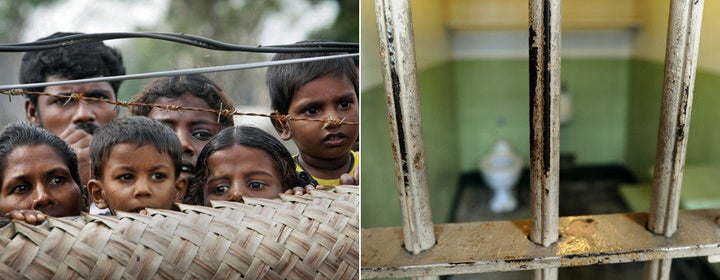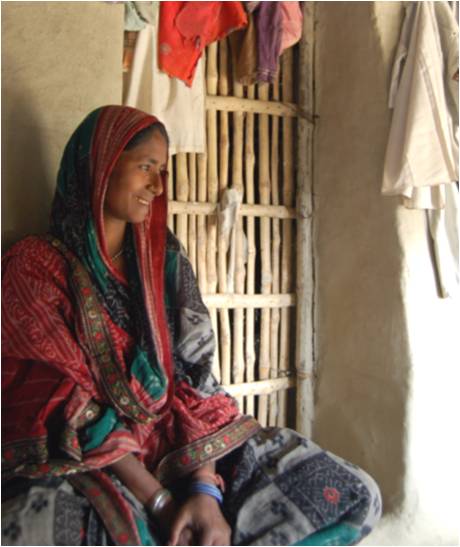

Global and national policymakers have made financial inclusion a development priority. But not every poor family can effectively use financial services to improve household welfare without initial help. The extreme poor -- those at the lowest level of the economic ladder -- often lack basic necessities and the minimum stability to pursue even subsistence economic activities. In an important coordinated effort, ten pilots around the world are experimenting with a model initially developed by BRAC in Bangladesh that helps extremely poor families build assets and capabilities and ultimately "graduate" into sustainable livelihoods.
They seem to be working. A recent set of research studies from Haiti and India show that families participating in the graduation programs increase their income and as a result eat more regularly, become healthier, and send their kids to school more regularly. The normally sober The Economist magazine was particularly taken by a core observation from the draft Randomized-Controlled Impact evaluation of the Bandhan Graduation Pilot in West Bengal, India: There, the household effects (20 percent more income, 15 percent higher nutritional intake relative to the control groups) were significantly greater than the magnitude of the underlying intervention could possibly explain. Based on the work of the MIT-JPAL researchers, The Economist highlighted the important psychological effects of self-belief. Researchers showed that the Graduation Program provided hope and perspective that resulted in participating families working 28 percent more hours on additional, non-program related activities. Their children spend more time on tending to the new family livestock, but they also spend 20 more minutes on homework daily.
Practitioners, donors, and researchers are meeting this week in Paris to share lessons learned. A set of carefully sequenced interventions is emerging from these pilots as the key to the approach: Success starts with appropriate targeting of the extreme poor. This is done in partnership with community organizations, which is also critical in generating local ownership of this approach. The initial months are then focused on consumption support to stabilize the nutritional intake. The programs then help families save small amounts to build a savings culture, confidence, and safety cushion, and introduce relevant skills training, e.g., in animal husbandry. Only after this, an actual asset transfer happens, often livestock that lays the foundation for future reliable income. After 18 to 36 months of support and coaching, the extremely poor families gradually achieve sustainable livelihoods that enable them to independently access financial services, if they so desire, to better manage their livelihoods.
The research community must now assess the cost/benefits calculus for these programs. The total cost per participant ranges from $330-$650 in India to $1,900 in Haiti. It depends on the country setting, environment, and program design. Ultimately, the overall cost/benefit assessment depends both on the size and sustainability of the impact, as well as the cost-effectiveness of other social programs. My hunch is that the hope and self-sufficiency that the graduation approach seems to generate will substantively help the effects of other social interventions focused, say, on education and health, to stick.
It is hard not to be impressed by the individual stories behind the aggregate evaluations of the graduation pilots. When Achiron Bibi joined Trickle Up's Ultra Poor Program, another graduation program in West Bengal, she wanted to build a fish pond, start a vegetable garden to better feed her family, and expand her bangle business. This would allow her to send all five children to school, help treat her husband's stomach tumor, and earn her respect from community. Two years later, she had a vegetable garden through the graduation program, built the fish pond with government support and doubled the initial stock through a combination of savings and loans, and she invested in the bangle shop through savings and loans as well as money from her sister. Her kids were in school, and her husband had the self-confidence to seek help from the government clinic.
Academics articulate impact in terms of statistical significance relative to control groups and other such technical jargon. Achiron expresses herself more succinctly: "Now, I can stand on my own two feet." And her 12-year-old son Anarul says: "We are living much better than before, we are eating much better. Before, we had to starve many days."
